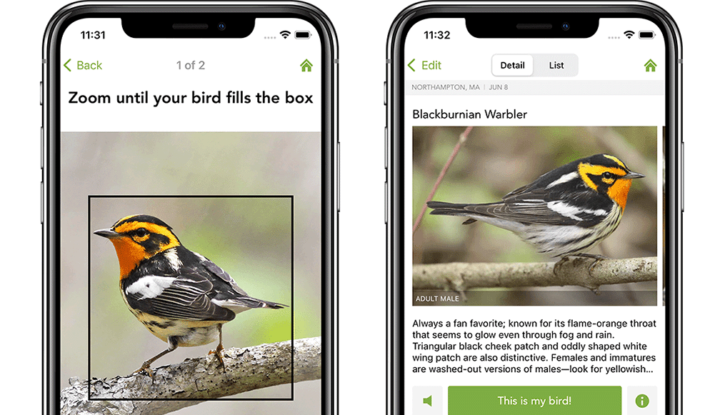Reducing Plastic to Help Animals
Plan Ways Your Family Could Reduce Waste
Excessive plastic use is harmful to humans and wildlife. It leads to pollution of waterways and ecosystems, endangers wildlife and marine life through ingestion and entanglement, and contributes to the global problem of microplastic contamination, which can have detrimental health effects on both humans and animals.

Soda Alternative
- 1 cup honey
- 1 cup water
- 3 tbsp vanilla extract
- 4 cups water kefir
- 2–4 tbsp heavy cream
Microgreens

Indoor or Outdoor Garden



Composting Scraps
Compost in a garden enriches soil, supports plant growth, retains moisture, attracts beneficial insects and microorganisms, and reduces the need for chemical fertilizers. However, when compostable materials end up in a landfill, they decompose anaerobically (without oxygen), producing methane, a potent greenhouse gas. This process also creates leachate, a liquid that can contaminate groundwater and soil, posing environmental risks.

Visit a State Park
Enjoy a Family Hike


Use apps and field guides to identify the wildlife you see and hear.

Bring a Sustainably-Sourced Picnic

Or catch your own lunch! See if your nearby parks allow you to bring home a locally-sourced meal. If you’re not already shopping at your local farmer’s market and through retailers like Thrive Market, Earth Day could be a good time to start.
You may be able to find local foraging groups on facebook. Even if you’re not sure about risking trying unfamiliar wild foods with your family, it’s fun knowing what native foods have helped sustain humans in the past.

Community Events
Community Clean-Ups
Plan or participate in a local Earth Day cleanup event. Help beautify public spaces like parks, trails, or neighborhood streets.
Find or Host a Clothing-Swap
A clothing swap event is a great way to celebrate Earth Day because it promotes sustainable fashion practices by reducing textile waste and extending the lifecycle of clothing items. By swapping clothes instead of buying new ones, participants reduce their carbon footprint and minimize the environmental impact of textile production, which often involves harmful chemicals and energy-intensive processes. This helps wildlife by reducing pollution from textile manufacturing, conserving natural resources like water and energy, and mitigating the habitat destruction associated with the fashion industry’s raw material extraction.
Earth Day is a great time to teach children about keeping items out of the landfill. You can use sites like Mercari to find and pass on your family’s clothes.
Volunteer at a Wildlife Sanctuary or Animal Shelter
Visit or volunteer at an animal shelter, wildlife sanctuary, or botanical garden. Animal shelters often need volunteers as they care for unwanted pets that could harm native wildlife.

Grow Native Flowers


Movies and Documentaries
BBC Planet Earth

Our Planet | From Deserts to Grasslands
Experience our planet’s natural beauty and examine how climate change impacts all living creatures in this ambitious documentary of spectacular scope. Cameras follow desert elephants seeking sustenance, bison roaming North American grasslands and caterpillars living the good life underground.
Dr. Seuss' The Lorax

Less Harm on the Farm: Regenerative Agriculture
Uncover the secrets of modern regenerative practices like cover cropping and conservation tillage, revolutionizing soil health and sustainability.
WALL-E

Podcasts
Gardenkeeper Gus
Sweet, calm, immersive stories that follow 6-year-old Gus and his squirrel best friend Rel as they listen to nature sounds and go on fun adventures in a larger-than-life garden. Perfect for little listeners.
Earth Day Every Day
This reading of the story Earth Day Every Day by Lisa Bullard is about how a child celebrated Earth Day.






